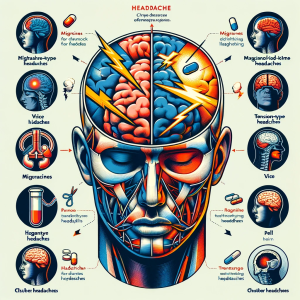 Abstract
Abstract
Vitamin B12 deficiency-induced anemia is a significant public health concern, characterized by its insidious onset and multifaceted clinical manifestations. This article delves into the pathophysiological mechanisms underlying this condition and outlines the clinical presentation, diagnostic approach, and therapeutic strategies, emphasizing the importance of early detection and comprehensive management.
Introduction
Anemia resulting from cobalamin (vitamin B12) deficiency is a condition that often presents with a spectrum of hematological and neurological manifestations. The deficiency disrupts DNA synthesis in erythropoiesis, leading to the development of megaloblastic anemia. This form of anemia is often underdiagnosed due to its subtle and varied clinical presentations.
Pathophysiology
The pathogenesis of vitamin B12 deficiency anemia involves:
- Impaired DNA Synthesis: Vitamin B12 is a crucial cofactor in the DNA synthesis pathway. Its deficiency leads to ineffective erythropoiesis and the production of megaloblastic cells.
- Neurological Implications: B12 is essential for myelin synthesis; its deficiency can lead to demyelination, particularly in the spinal cord, manifesting as neuropathy.
- Intrinsic Factor and Malabsorption: Gastric parietal cell dysfunction or autoimmunity leading to intrinsic factor deficiency can result in malabsorption of vitamin B12, a key etiological factor.
Clinical Manifestations
Patients may present with:
- Classic symptoms of anemia including fatigue, pallor, and dyspnea.
- Neurological symptoms like paresthesia, gait disturbances, and cognitive impairments.
- Glossitis and gastrointestinal symptoms.
- In severe cases, neuropsychiatric manifestations.
Diagnostic Approach
- Complete Blood Count (CBC): Reveals macrocytic anemia with elevated mean corpuscular volume (MCV).
- Serum B12 Levels: Essential for confirming B12 deficiency.
- Methylmalonic Acid and Homocysteine Levels: Elevated in B12 deficiency, aiding in diagnosis.
- Bone Marrow Examination: May be indicated to confirm megaloblastic changes.
- Anti-Intrinsic Factor and Parietal Cell Antibodies: Useful in diagnosing pernicious anemia.
Therapeutic Strategies
- B12 Supplementation: The cornerstone of treatment, administered either orally or intramuscularly, depending on the severity and cause of the deficiency.
- Dietary Modifications: Including B12-rich foods in the diet.
- Management of Underlying Conditions: Addressing gastrointestinal disorders or autoimmune conditions contributing to the deficiency.
- Regular Monitoring: To assess treatment response and manage complications.
Conclusion
Vitamin B12 deficiency-induced anemia is a complex disorder with potential for significant morbidity if not promptly recognized and treated. A high index of suspicion, particularly in at-risk populations, coupled with a thorough diagnostic workup, is essential for appropriate management. Ongoing research into novel therapeutic modalities and preventive strategies is crucial to mitigate the public health impact of this condition.






